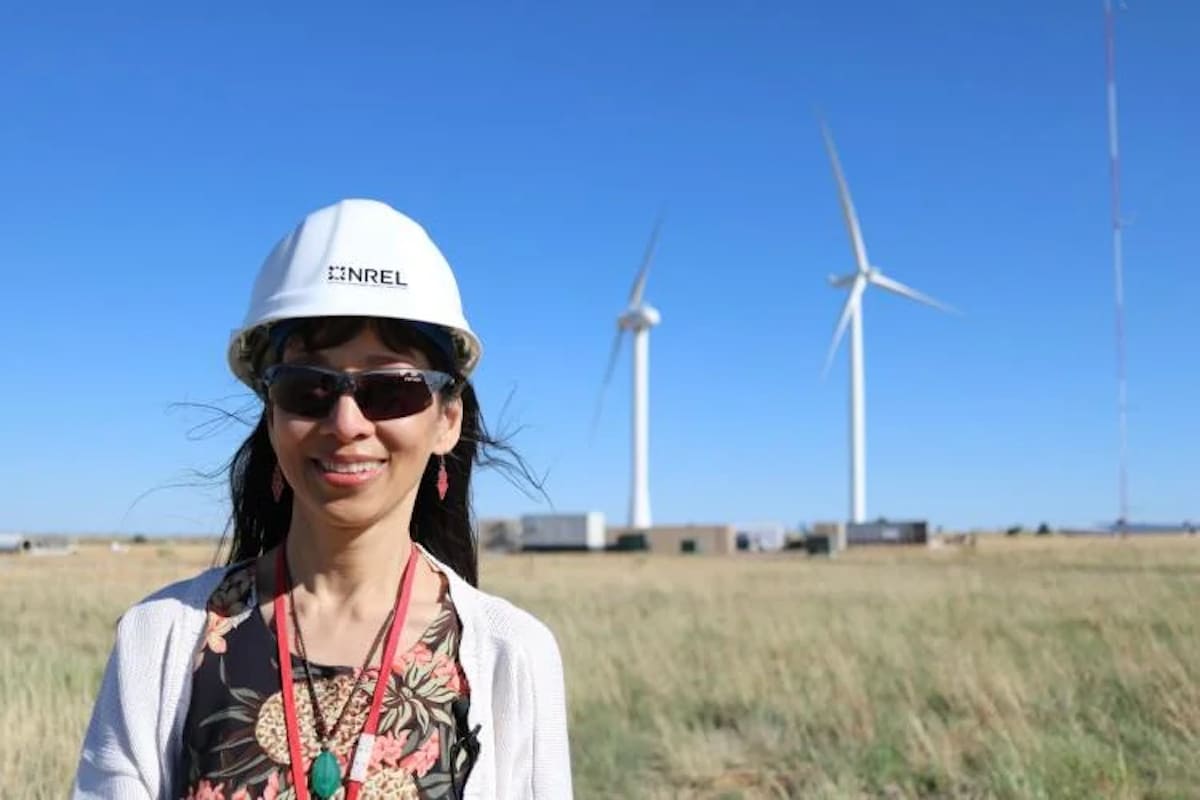Scientists Develop Wind Turbines Resistant to Hurricanes

 Why you can trust us
Why you can trust us
Founded in 2005 as an Ohio-based environmental newspaper, EcoWatch is a digital platform dedicated to publishing quality, science-based content on environmental issues, causes, and solutions.
Scientists are constantly working on ways to innovate wind turbines to make them more efficient and resilient. From designing wood turbine towers with a smaller carbon footprint to investigating ways to reuse old wind turbine blades, there are a lot of impressive wind energy feats underway around the world. Now, researchers have found a way to make offshore wind turbines even more durable — by making them resistant to destructive hurricanes.
Wind turbines today can be built over 490 feet tall, but these giant structures are vulnerable to high winds from hurricanes, especially when so many wind turbines are placed offshore to generate clean energy.
So scientists at the University of Colorado at Boulder designed to draw inspiration from something in nature that is naturally quite resistant to hurricanes’ high winds: palm trees.
“We are very much bio-inspired by palm trees, which can survive these hurricane conditions,” Lucy Pao, Palmer Endowed Chair in the Department of Electrical, Computer and Energy Engineering at the university, said in a statement.
Wind turbines typically face incoming winds and have incredibly stiff blades, but building this type of rigid structure is expensive. But the researchers found that blades facing away from the wind are less likely to hit the turbine tower during high winds. This way, the blades don’t have to be constructed to be so heavy and stiff. Instead, they can be lightweight and more flexible, which also makes them less expensive. Like palm trees, the blades will gently bend during strong winds rather than break.
The researchers, in collaboration with the University of Virginia, the University of Texas at Dallas, the Colorado School of Mines and the National Renewable Energy Laboratory, developed the Segmented Ultralight Morphing Rotor turbine to test this theory. After four years of testing, they were able to share their findings successfully this month. Even with peak wind speeds, the turbine still sufficiently and consistently generated energy.
The research was shared in Proceedings of the 2022 American Control Conference, and the findings come just as experts predict yet another above-average hurricane season due to climate change.
The newly developed Segmented Ultralight Morphing Rotor will undergo more research and testing to see what is possible with these resilient wind turbines and how they could also impact traditional upwind turbines. The study authors are already modeling large-scale offshore wind turbines, although they have not yet tested them.
The team hopes that their more affordable, efficient and resilient wind turbines can rise to the top of the market as a long-lasting option for offshore wind.
“Wind turbine blades are typically designed to last at least 20 years,” Pao said, “and we want our novel concept blades to achieve similarly long lifetimes.”
Subscribe to get exclusive updates in our daily newsletter!
By signing up, you agree to the Terms of Use and Privacy Policy & to receive electronic communications from EcoWatch Media Group, which may include marketing promotions, advertisements and sponsored content.

 233k
233k  41k
41k  Subscribe
Subscribe 




